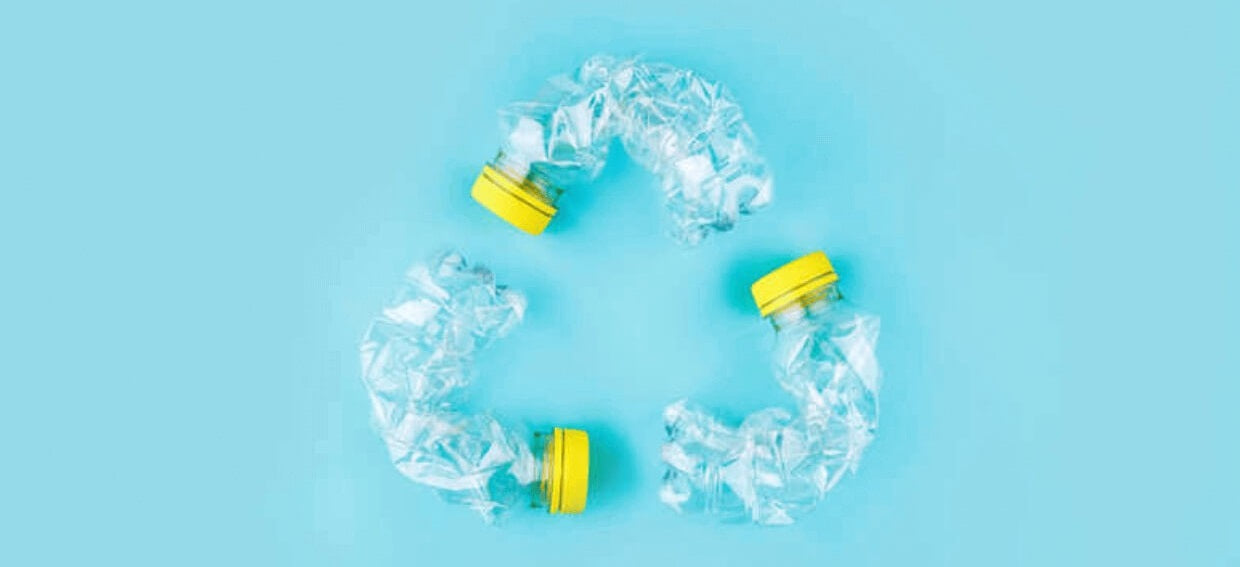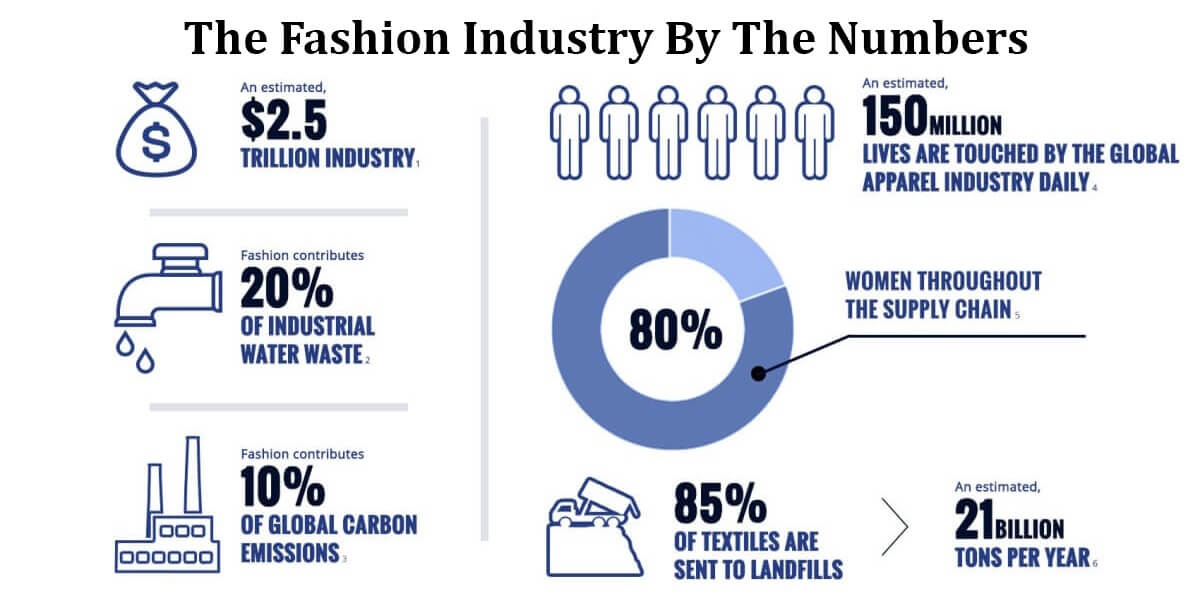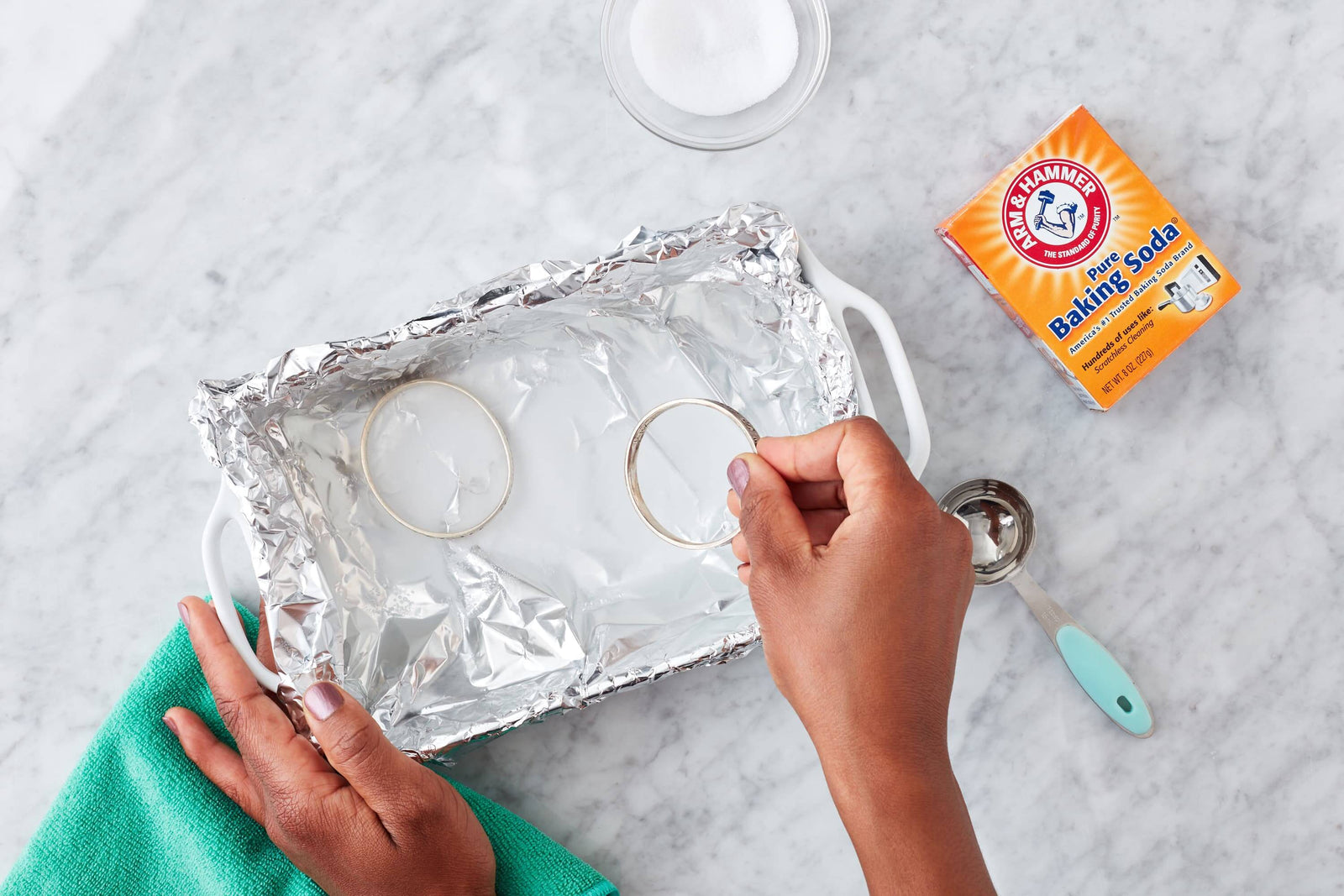Your Cart is Empty
Be the Change You Wish To See In The World!!!
According to Greenpeace, only 9% of the world's plastic gets recycled. Most of the time, we think the majority of this waste must come from underdeveloped countries. However, the recycling rates for developed countries isn't even 50%.
In the United States, eight of the ten most commonly polluted plastic objects are not recyclable at all, at least not by the U.S.'s municipal recycling system. That includes food wrappers, utensils, and other single-use plastics. Just like the global statistics, over 90% of America's plastic waste never gets recycled.
Instead, plastic waste continues to collect in our landfills, on our streets and beaches, and in our oceans. Because plastic does not degrade, the plastic lifecycle never ends. Other than recycling, the only way to reduce plastic pollution is to reduce our use of plastic.
Plastic straws are among the non-recyclable plastic items that we should avoid using. When you go to your favorite restaurant or coffee house, skip the straws and coffee lids, too, for that matter. While some restaurants have switched to paper straws and wood stirrers, the majority have not.
If you prefer drinking from a straw, there are non-plastic options readily available. Reusable silicone straws come in all styles and sizes. They often come in sets that include a thin bottle brush for cleaning. Stainless-steel and bamboo straws are other options.
Disposable water bottles end up in the trash rather than the recycle bin. You may be conscientious at home about recycling, but it's often more challenging to do while traveling. In addition, many disposable drink cups are made of mixed materials, like paper with a plastic lining. As a result, they cannot be recycled.
A simple solution is to get yourself a reusable water bottle. Reusable bottles are made from a variety of materials. So, if you don't like one style of cup, try another. Many are portable, lightweight, and range in size. In addition, many are insulated to keep your drink cold or hot for hours. Reusable containers pay for themselves right away because you aren't buying as many single beverages on the go. And, more and more places give discounts on fountain drinks and coffee when you bring your own mug, bottle, or thermos.
Stainless-steel bottles are an excellent investment, especially those that are double-walled and vacuum-insulated. They keep your coffee or tea hot and your cold drinks cold. The non-porous nature of stainless steel also means it won't absorb color or odors from your drinks.
Finally, consider investing in a water filter for your drinking water rather than purchasing gallon jugs. Many water filters remove enough impurities to make tap water taste like spring water. If your refrigerator doesn't have a water station in the door, you can invest in an inexpensive water filter pitcher that fits on your counter or in your refrigerator.
Globally, we use up to one trillion plastic grocery bags each year. They leave a huge footprint when it comes to plastic pollution. To counter this, using your own reusable tote is a sound alternative. In fact, San Francisco, Washington, D.C., and other cities are banning the use of disposable bags.
Many people leave their bags in their car, so they always have them on hand. You can purchase recycled bags at just about any store. Better yet, use cloth tote bags instead. Use these for all your shopping trips, especially the grocery store. Some grocery stores offer a discount on your order when you bring your own bags.
You can even invest in reusable produce bags for your fresh vegetables and fruit. Though, many opt to simply purchase their produce without separate bags since they will wash the items once they get home anyway.
If plastic grocery bags pose such a huge problem, imagine how much trouble sandwich baggies cause, along with plastic wrap and single-use plastic storage containers. There are non-plastic alternatives. For example, bento boxes make great lunch containers.
You can also purchase reusable silicone storage containers for food. They rinse easily and can store anything you currently store in plastic zipper bags, sandwich bags, or freezer bags.
Glass jars are alternatives and work especially well in your refrigerator and pantry. Certain glass and Pyrex containers are also oven safe, dishwasher safe, and microwave safe. What's more, glass and metal containers last a long time and resist staining.
So far, all these tips for reducing waste focus on items found in the kitchen, which makes sense considering how much plastic waste comes from the food industry. As consumers, we can bring our own tote bags and use environmentally friendly storage containers for our food. But what about food packaging? Whenever possible, we can buy food in cardboard packaging or glass rather than plastic. Unfortunately, not enough manufacturers are converting to biodegradable packaging for their food products.
Another way to reduce the amount of plastic packaging in your kitchen is to purchase bulk foods. Farmers' markets and some retail grocers allow you to use your own bags and containers when stocking up on bulk items. They will even weigh your containers first so that you're appropriately charged for the bulk food you're purchasing.
Buying food in bulk also saves you money, as the price per ounce or pound is often less than prepackaged foods. Common bulk items are pasta, grains, nuts, dried fruit, rice, and granolas. In some cases, you can even purchase your pet food this way.
This article presented just five ways to reduce your plastic footprint. Other ways to reduce plastics include using your own reusable containers for takeout, swapping out traditional ear swabs for ones with paper stems, and using an old-fashioned milk delivery service rather than buying plastic jugs at the grocery store.
Saving our planet from the ravages of plastic pollution requires everyone to do his or her part. While scientists and other organizations work on developing new recycling technologies, we can contribute to the solution by limiting our use of single-use plastics.
Comments will be approved before showing up.
In short, ethical fashion works toward the social good of society. It takes into account the workers who make the clothing industry possible. This includes everyone from the farmers who grow the fabric to the garment workers who stitch the pieces together. These efforts go beyond the surface we see as consumers. Rather, social good is deeper than the public image. A brand must take care to ensure fair wages, maintain fair trade certifications, and provide healthy working conditions. The ethically responsible brand invests in its people as much as it does its product, if not more so.
Now, you never have to tuck your jewelry away because it needs a deep cleaning. You can keep your jewelry sparkling yourself using eco-friendly cleaning agents you probably already have around the house.
Here are a few cleaning options that don’t involve harsh chemicals.



